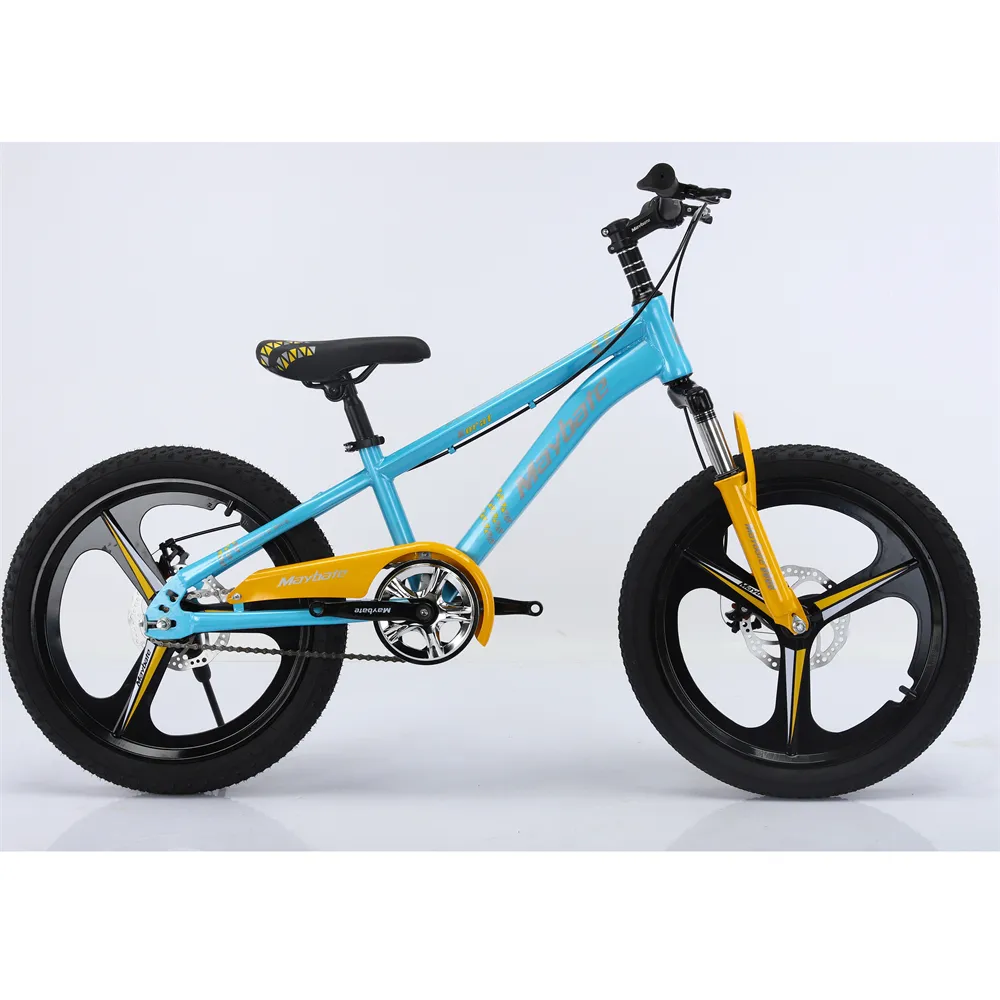Typical Mountain Bike Sizes and Dimensions for Optimal Performance and Comfort
Understanding Average Mountain Bike Dimensions
Mountain biking has gained immense popularity over the years, attracting enthusiasts who seek adventure, fitness, and the thrill of navigating rugged terrains. Whether you're a seasoned rider or a novice looking to embark on your first outdoor biking adventure, understanding the average dimensions of mountain bikes is crucial for selecting the right one. This article explores the key dimensions that influence bike performance and comfort, ensuring you find the perfect fit for your biking needs.
Frame Size
One of the most critical dimensions in a mountain bike is the frame size. Frame size varies among manufacturers, but it generally falls into categories such as small, medium, large, and extra-large. The frame size is typically measured in inches or centimeters, representing the length of the seat tube. Here’s a general breakdown
- Small 13 to 15 inches (33 to 38 cm) - Medium 15 to 17 inches (38 to 43 cm) - Large 17 to 19 inches (43 to 48 cm) - Extra-Large 19 inches and above (48 cm and above)
Choosing the correct frame size is essential for achieving optimal handling, comfort, and control. A bike that is too small or too large can lead to discomfort and hinder your riding ability.
Top Tube Length
Another significant measurement is the top tube length, which plays a vital role in the rider's reach and overall bike fit. The top tube connects the seat tube to the head tube, and its length affects how stretched out or compact a rider feels when seated. The average top tube length for mountain bikes typically ranges from 22 to 25 inches (56 to 63 cm). A longer top tube offers more stability at higher speeds, while a shorter top tube allows for a more upright position, which can be beneficial for climbing steep trails.
Wheel Size
Mountain bikes come with various wheel sizes, with the most common being 26 inches, 27.5 inches (650B), and 29 inches. The evolution of wheel sizes has a significant impact on how a bike rides and performs. Here’s a brief overview
average mountain bike dimensions

- 26-inch wheels These were the standard for many years and are still favored for their maneuverability and ease of handling, especially on technical trails. - 27.5-inch wheels This size offers a balance between the agility of 26-inch wheels and the stability of larger 29-inch wheels, making it a popular choice for all-around mountain biking. - 29-inch wheels These provide improved rolling efficiency over rough terrain, enhanced traction, and better stability, making them ideal for long-distance rides and cross-country trails.
Stand-over Height
The stand-over height, which is the distance from the ground to the top of the top tube, is another vital measurement. It ensures the rider can mount and dismount the bike comfortably. For most mountain bikes, the average stand-over height is about 29 to 32 inches (74 to 81 cm). Riders should aim for a stand-over height that allows for a few inches of clearance when standing over the bike, ensuring safety and ease of movement.
Wheelbase
The wheelbase, or the distance between the front and rear wheels, significantly impacts stability and handling. A longer wheelbase typically provides greater stability at speed and over rough terrain, while a shorter wheelbase offers agility and responsiveness. The average mountain bike wheelbase ranges from 42 to 48 inches (107 to 122 cm), with variations depending on the bike's design and intended use.
Saddle Height and Position
Finally, saddle height and position are essential for rider comfort and efficiency. The average saddle height usually ranges from 28 to 34 inches (71 to 86 cm) from the ground, but this varies based on the rider’s inseam and biking style. Proper saddle height should allow the rider to extend their leg fully while pedaling without straining.
Conclusion
Understanding average mountain bike dimensions is crucial for selecting the right bike that fits your body and riding style. Factors such as frame size, top tube length, wheel size, stand-over height, wheelbase, and saddle position all contribute to a comfortable and efficient ride. Whether you are tackling steep trails or cruising through forests, a bike that aligns with your physical dimensions will enhance your experience, ensuring that your mountain biking adventures are enjoyable and safe. Always remember to test ride a few options to find the best fit for your unique body and riding preferences. Happy biking!
-
The Perfect Baby TricycleNewsAug.11,2025
-
Ride into Fun with Bikes for KidsNewsAug.11,2025
-
Ride into Adventure with the Perfect Kids Balance BikeNewsAug.11,2025
-
Fun and Safe Riding with the Best Childrens ScootersNewsAug.11,2025
-
Find the Perfect Childrens Bike for Your Little OneNewsAug.11,2025
-
Explore the Best Baby Tricycles for Your Little OneNewsAug.11,2025
-
Three-Wheel Light-Up Scooter Benefits for KidsNewsJul.11,2025








